Nothing makes me happier than people enjoying these posts. It pleases me to no end when one of you shares something about what a rendition of a certain psalm meant to you.
However, the more people enjoy the renditions, the more another worrisome thought grows in the back of my mind.
The worry amounts to this: These renditions are meant to supplement the Bible and to give fresh language to our thoughts about God and his reality, not to replace the Bible. To the degree that these renditions lead readers to prayer, resonate with their experience, and provide a few surprising moments of beauty, I’m happy. If readers think that once they’ve read my rendition, they finally understand what the psalm means, we are on unsteadier ground.
I write these renditions with the English and Hebrew text in front of me, but I am not a Hebrew scholar. I try to follow the arc of the psalm and to use the Hebrew words as a jumping-off point, but I do take leaps. I am not attempting to say what these psalms mean. I am creating a new work in dialogue with these ancient worship poems.
A Rendition Isn’t a Translation
Because it attempts to move meaning from one language to another through the vehicle of language, all translation involves selection, intuition, approximation, and compromise. However, that isn’t to say that translating God’s revelation from the original language waters down its authority; words that convey equivalent meanings can be found in most cases. This is only to say that any rendering of the Bible is authoritative only if it is a faithful translation; these renderings are not.
I used the word “translation” in my early posts, but that was a mistake. These days, I emphasize the word “rendition” as frequently and as loudly as possible. By switching from one word to another, I hope to highlight both how trustworthy a true translation of the Bible can be and how much creative freedom I am giving myself to render the lines in ways that a true Bible translator would not be able to.
Following a Path Through the Woods
The image I have been using is that of a path in the woods. In every fairy tale involving the woods, the advice given to the main character is always “stay on the path.” Bad things happen when you stray from the path.
That advice is pretty good for biblical translation as well. Modern English translations have raised the process of staying on the path to an art form. Readers can have a high degree of confidence that most widely-read English translations hew as close to the original text as possible. (Listen to the lecture if you want to hear more about what that means.)
That isn’t what I’m doing with the Darkling Psalter.
I’m also on a journey through the woods with these renditions, but I walk back and forth across the path. I keep it in view but venture off into the woods on either side on poetic digressions. Sometimes, I expand lines in the psalm into paragraphs in my rendition. Sometimes, I omit lines altogether.
Also,
Some psalms stick pretty close to a proper rendering, changing only word choice here and there but not metaphor and topic. Psalms 8, 19, and 107, for example.
Others go on wilder flights of fancy, adding images, changing the “plot” of the psalm, and wandering farther from the path. Psalms 5 and 66.
Sometimes, I stitch in theology or images into the psalm from elsewhere in the Bible. For instance, the Tree of Life in Psalm 1, garden and temple imagery in Psalm 74, or water imagery in Psalm 88.
All this amounts to the thing that I am trying to get across: I understand what I'm doing, and I want you to know what I’m doing, too.
Audio Lecture: How We Got the New Testament
In light of all those considerations, I thought it would be good to spend some time thinking about what the Bible is and how it came to be.
I have attached a lecture I gave years ago at L’Abri in which I lay some groundwork for thinking about how the Bible came to be.
Though this lecture is titled “How We Got the Bible,” its focus is the New Testament, primarily the gospels. However, while the Old Testament's translation, collection, and arrangement are very different, many foundational ideas apply to the Bible as a whole.
Enjoy listening and I’ll see you in the comments.




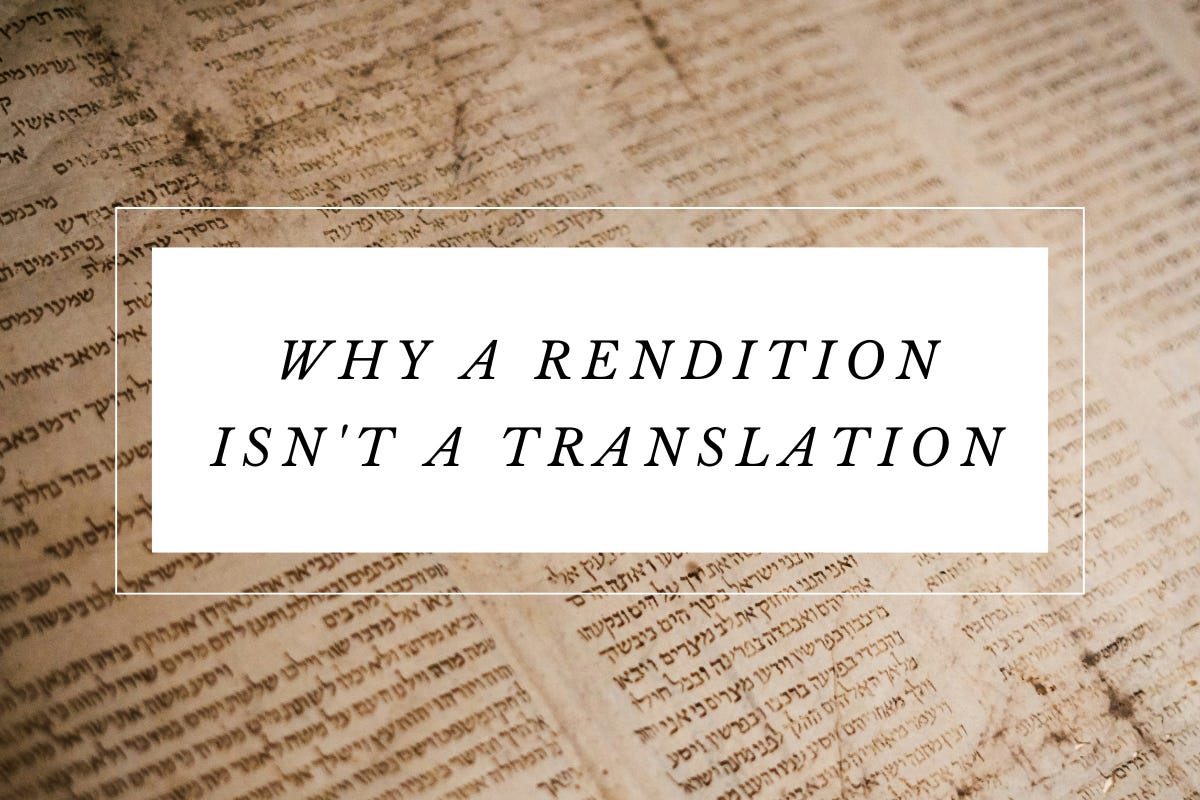

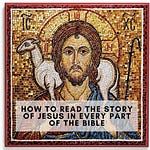
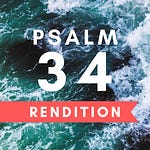
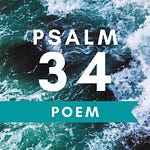



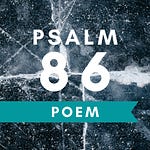
Share this post